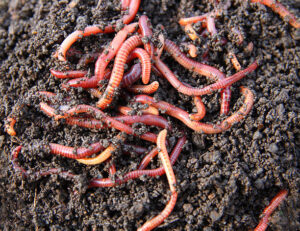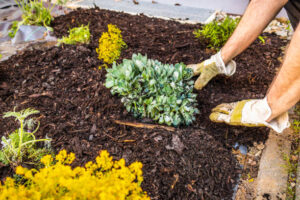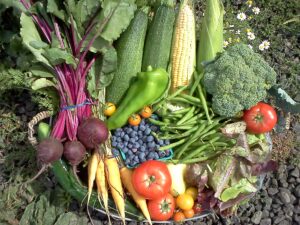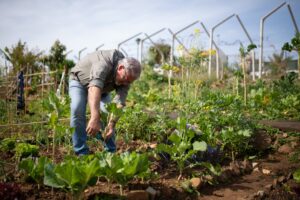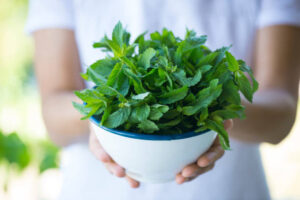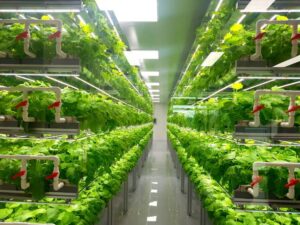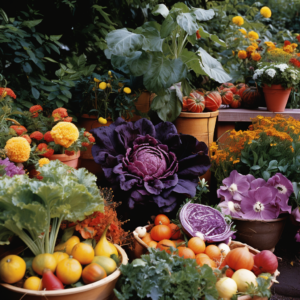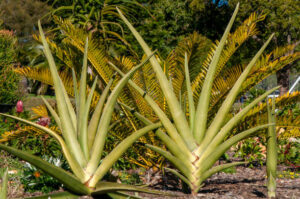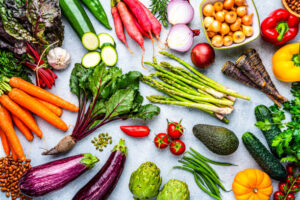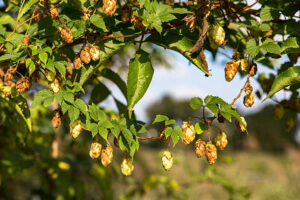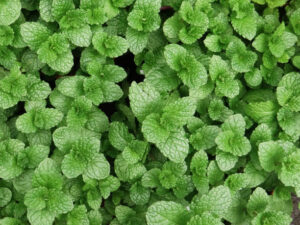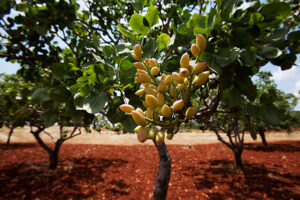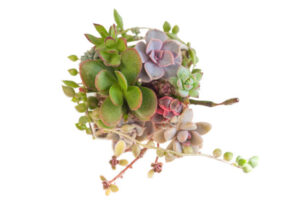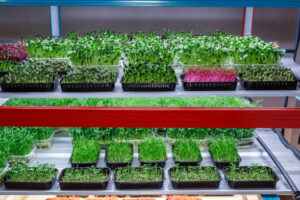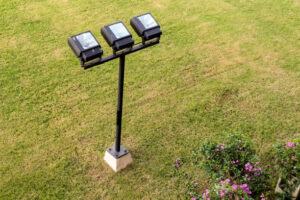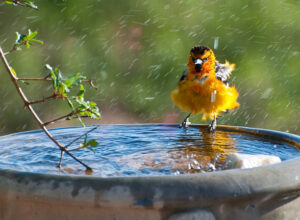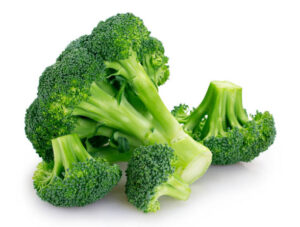Vegetable Growing Cheat Sheet: Handy Tips for Success
Introduction
Embarking on the journey of growing your own vegetables is both rewarding and empowering. Whether you’re a seasoned gardener or just starting, the prospect of nurturing seeds into thriving plants holds a unique charm. In this Vegetable Growing Cheat Sheet, we’ll unveil a collection of handy tips garnered from the collective wisdom of green thumbs worldwide. These practical insights aim to guide you through the nuances of vegetable cultivation, from choosing the right soil to harvesting your bountiful produce.
Starting with the Basics: Soil and Sunlight
At the heart of successful vegetable growing lies the foundation—the soil. Opt for nutrient-rich, well-draining soil to provide your plants with the essential elements they need to flourish. Ensure your chosen spot receives an adequate amount of sunlight; most vegetables thrive in full sun, basking in its life-giving energy.
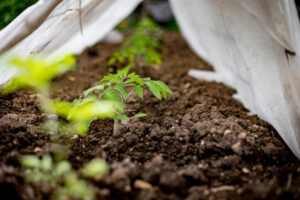
Understanding Planting Depth and Spacing
When sowing seeds, the golden rule is to plant at the right depth. Follow seed packet instructions, as different seeds have varying requirements. Proper spacing is equally crucial to prevent overcrowding, allowing each plant ample room to grow and access nutrients. This simple practice can significantly impact the health and productivity of your vegetable garden.

Watering Wisdom: Finding the Balance
Watering is an art in the world of vegetable growing. Too little can lead to dehydration, while excessive water can drown the roots. Strike a balance by watering deeply but less frequently, encouraging plants to develop strong and resilient root systems. Early morning or late afternoon watering helps reduce water loss through evaporation, ensuring your plants stay adequately hydrated.
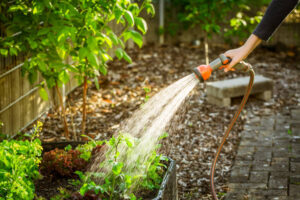
Feeding Your Garden: Fertilization Techniques
Just like humans, plants need nourishment to thrive. Choose a balanced fertilizer or organic compost to supply your vegetables with the necessary nutrients. Frequent, light feedings throughout the growing season are often more beneficial than heavy doses. Remember, a well-fed plant is better equipped to resist pests and diseases.

Companion Planting for a Thriving Garden
Embrace the concept of companion planting to create a harmonious and productive garden. Some plants naturally complement each other, either by repelling pests or enhancing each other’s growth. For instance, planting basil near tomatoes can improve tomato flavor and deter certain pests. Explore these natural alliances to create a garden that thrives on the synergy between its inhabitants.
Harvesting at the Right Time: The Culmination of Your Efforts
The joy of vegetable growing culminates in the harvest. Knowing when to pick your crops is essential for flavor and nutritional content. Harvest leafy greens before they bolt, pick tomatoes when they’re firm and fully colored, and pluck herbs just before they flower for the best flavor. Regular harvesting also encourages continuous production, ensuring a steady supply of fresh vegetables from your garden.
Reflecting and Planning Ahead
As the growing season progresses, take the time to reflect on your successes and challenges. Consider keeping a garden journal to document observations, successes, and areas for improvement. Use this insight to plan for the next season, rotating crops to prevent soil-borne diseases and selecting new varieties to diversify your harvest.
Conclusion
In the world of vegetable growing, success is rooted in a combination of knowledge, patience, and hands-on experience. This Vegetable Growing Cheat Sheet serves as a guide, offering practical tips to navigate the nuances of cultivation. As you tend to your garden, remember that each plant has its own story to tell, and your role is that of a nurturing storyteller. With these tips in hand, embark on your vegetable growing journey with confidence, and watch your garden flourish into a testament of your green-thumb prowess.



